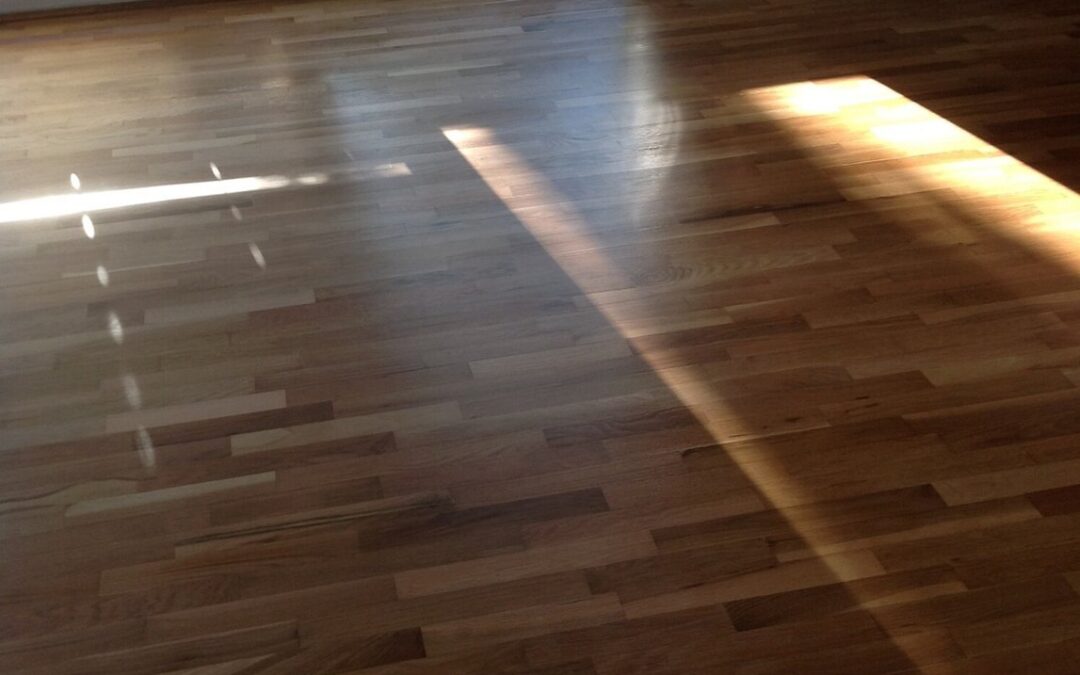The right flooring material can dramatically alter the aesthetic and functionality of your space. Homeowners grapple between options like hardwood, laminate, and vinyl, each boasting its unique features, benefits, and drawbacks. This decision is influenced by design preferences, durability, maintenance requirements, and budget. Let’s delve into the characteristics of hardwood and vinyl floors.
Understanding Hardwood Flooring
Hardwood flooring is a classic choice for many homeowners — it is made from solid wood, offering both beauty and durability that enhances any room’s overall ambiance. Popular wood types such as oak, maple, and walnut provide a stunning natural aesthetic. Among them, Red Oak vs White emerges as a hot topic in flooring discussions. Red Oak is known for its warm tones and pronounced grain pattern. On the other hand, White Oak offers a more muted finish with a more refined grain, catering to those who prefer a subtler look.
Hardwood floors can be refinished multiple times, allowing for a lifetime of durability and adaptability. This feature makes them a long-term investment for residential and commercial spaces alike.
The Beauty of Vinyl Flooring
Vinyl flooring has gained popularity in recent years due to its affordability and versatility. Designed to mimic the look of natural materials like wood and stone, vinyl offers a realistic appearance at a fraction of the cost. Available in various styles, colors, and textures, it can fit into a wide range of design schemes.
Another appealing aspect of vinyl flooring is its moisture resistance, an ideal choice for kitchens, bathrooms, and basements. Unlike hardwood, which can be damaged by water, vinyl can withstand spills and humidity without compromising its integrity. Vinyl is softer underfoot compared to hardwood. While vinyl does not offer the same resale value as hardwood, its practicality makes it a compelling choice for budget-conscious individuals.
Durability
Durability is a key consideration when comparing hardwood and vinyl flooring. Hardwood floors can last for many years, sometimes for generations, if properly maintained. They are robust, but they require routine care, depending on the amount of foot traffic they experience.
Scratches, dents, and water damage can affect their longevity. In contrast, vinyl flooring excels in its durability against everyday wear and tear. Resistant to scratches and stains, it is perfect for households with pets or young children. The wear layer on top of vinyl protects it from scratches, while the moisture-resistant properties ensure it stands well in damp environments. The choice between hardwood and vinyl often comes down to lifestyle and expected usage.
Cost Considerations
When selecting flooring materials, always look into your budget possibilities. On average, hardwood flooring costs can range significantly due to species, grade, and installation fees. Regardless of hardwood type, expect to pay more upfront compared to vinyl. Labor costs for installing hardwood can also be higher due to its complexity.
Although hardwood may offer better long-term value and increased home resale prices, the initial investment can deter some homeowners. Vinyl flooring, however, presents a more budget-friendly option, with much lower material and installation costs. This affordability allows homeowners to allocate resources for other home improvements. Vinyl incurs less maintenance expense over time due to its durable nature. Those leaning toward vinyl may find it ideal for temporary housing situations or rental properties where budget constraints are more prevalent.
Environmental Impact
The environmental aspects of flooring choices require consideration as well. Hardwood flooring, especially when it’s sourced from sustainable forests, is considered a more eco-friendly choice. High-quality hardwood often has a lower impact due to its longevity, meaning fewer materials will need to be produced and replaced over time. Conversely, vinyl is often constructed from synthetic materials, which can impact its sustainability perception.
While some manufacturers now offer environmentally friendly versions made from recycled materials, the traditional vinyl remains a less favorable option. The production of vinyl can lead to emissions that do not align with green building goals. Balancing budget considerations with eco-friendly wants and needs can be a challenge.
Maintenance Efforts
Maintenance procedures vary significantly between hardwood and vinyl flooring. Hardwood requires regular sweeping, vacuuming, and occasional refinishing to maintain its original sheen. Water spills need to be wiped up immediately to prevent warping or other forms of damage.
Seasonal humidity control is also essential to protect against expansion or contraction. These care measures ensure the longevity of hardwood flooring.
Vinyl maintains its appearance with minimal effort. Sweeping and damp mopping a few times a month will keep it looking its best. It is resistant to many types of stains and spills, which can simplify the cleaning process. For families with busy lifestyles, vinyl might emerge as the more practical choice. The ease of upkeep will appeal to those who don’t want to take much time for home maintenance without sacrificing appearance.

In the battle of flooring, hardwood and vinyl each have unique benefits that cater to various needs and styles. Hardwood flooring offers an unmatched elegance and longevity that enriches homes but comes with higher costs and maintenance demands. Vinyl flooring, on the other hand, provides budget-friendly options with robust durability and less maintenance effort. By considering aesthetics, durability, cost, and environmental impact, you can make an informed decision that best aligns with your lifestyle and preferences.

Recent Comments